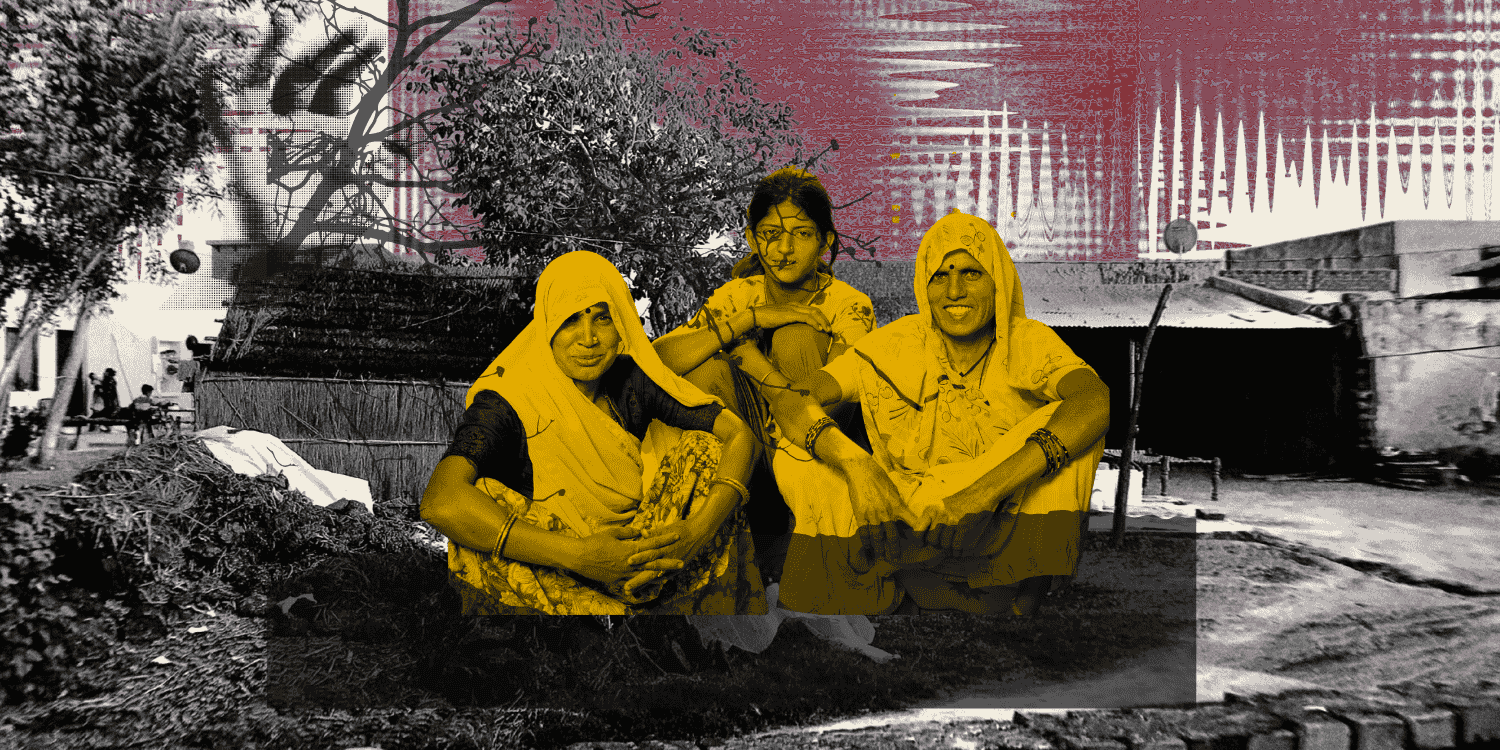ABSTRACT
As India persists through the pandemic, workers further endure massive unemployment and underemployment. A majority of these workers are part of the vast informal economy with little to no social security. In this context, the paper’s objective is to explore the scope of an urban job guarantee programme. We begin our discussion by briefly looking at the pandemic’s impact on the informal economy, current unemployment in India, patterns of migration, and the composition of urban informal economy workers. All such elements will set the rationale of the paper. This work is divided into three sections. The first briefly looks at some of the job guarantee programmes adopted in both rural and urban areas. The second looks at the different policy recommendations from experts for developing an urban job guarantee programme. The third brings forth certain policy recommendations.
INTRODUCTION
COVID-19 has shocked the Indian economy. The government imposed a nationwide lockdown on 24 March 2020 as a policy response to control the spread of the virus, following which all economic activities came to a halt resulting in mass layoffs, higher rates of unemployment, and loss of livelihood for those who lived paycheck to paycheck. All such developments disproportionately disadvantaged those most vulnerable due to their limited social security, especially informal sector workers.
During this time, many organisations assessed the impact of lockdown on work, employment, transportation, hunger, etc (PARI 2020; Action Aid 2020; Stranded Workers Action Network 2020; Azim Premji University 2020; Centre for Equity Studies 2020). Several conversations started with renewed interest in universal basic income, workers’ rights in the informal sector, existing social security mechanisms, food security, universal validity of PDS cards, and job guarantee programmes.
Economic Crisis Pre and Post-COVID-19
The Indian economy was already deteriorating before the COVID-19 induced crisis. The informal economy had already persevered through the 2016 demonetisation and the 2017 Goods and Service Tax. The GDP has continuously fallen since 2015-2016, recording an abysmal 4.2% in 2019-2020, its lowest record since 2002-2003 (Dev and Sengupta 2020). Parallely, the country also experienced the highest open unemployment rate in 45 years, which stood at 6.1% according to the Usual Principal and Subsidiary Status [UPSS] and 8.9% according to the Current Weekly Status [CWS] (Kapoor 2020). As a result of the economic upheaval, the consumption expenditure was at its lowest in decades (Dev and Sengupta 2020). Therefore, it is safe to note that the catastrophic impacts which the informal economy and its workers underwent were not created but rather accentuated by the pandemic.
The Centre for Monitoring the Indian Economy [CMIE] surveys show that the unemployment rate stood at 23.5% and 21.7% in April and May, respectively, following the pandemic induced lockdown (CMIE 2020). These figures were three times higher than the unemployment rate during the same time last year, which stood at 7.3% in April 2019 and 7.0% in May 2019 (CMIE 2019). As economic activities abruptly stopped after the lockdown, migrant workers’ quickly lost their livelihood. This resulted in immense uncertainty which pushed many workers back to their native villages and homes in rural areas. This phenomenon of reverse migration created a situation that altered the labour market dynamics as areas that usually experienced negative net migration suddenly received a surplus of labour supply (Vasudevan et al., 2020). Hence, we see, the lockdown did not only bring the vulnerabilities of the migrant workers into public eye but also highlighted the existence of a considerable migrant population who retain links with their land. But who are these migrant workers and what kind of work do they engage in?




